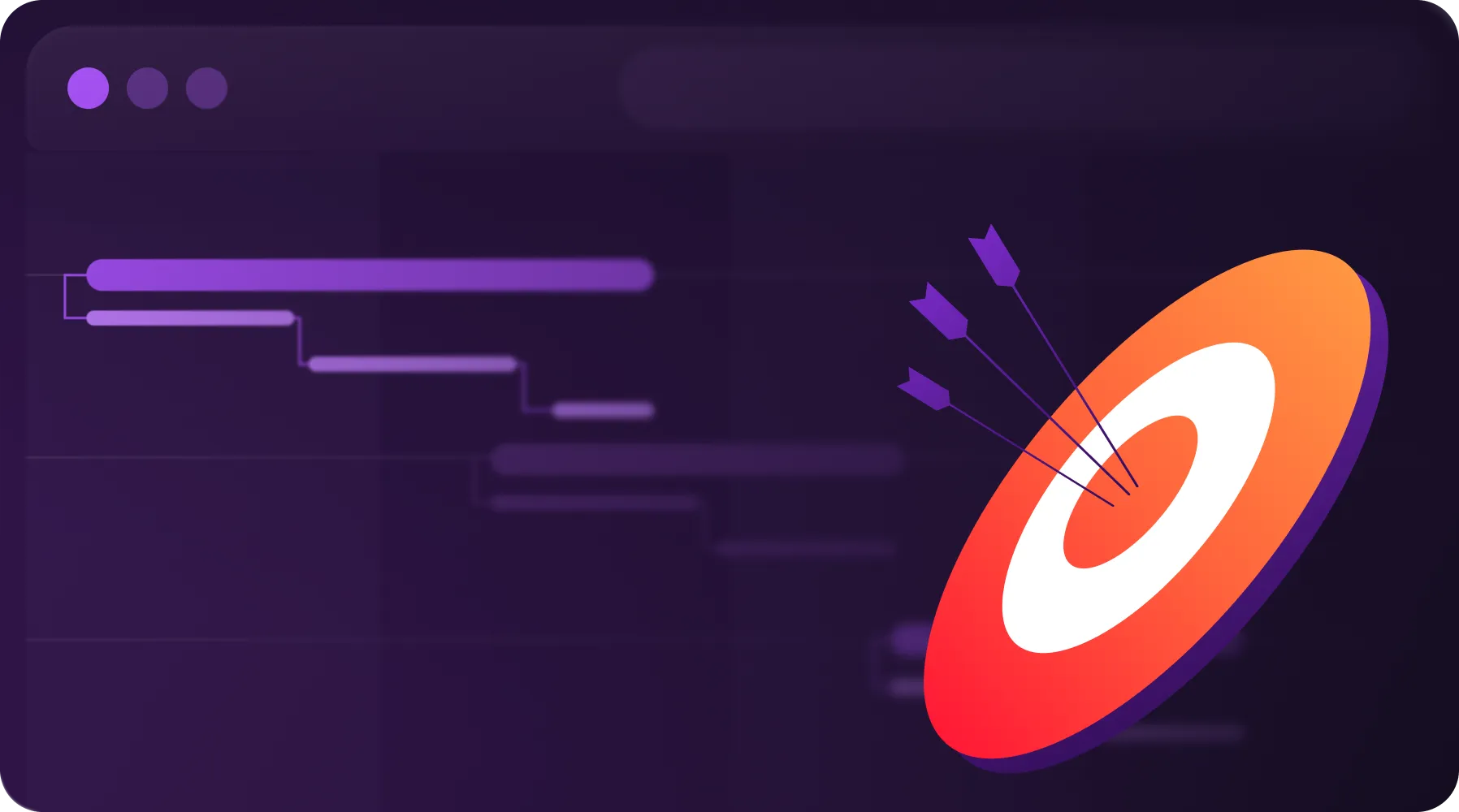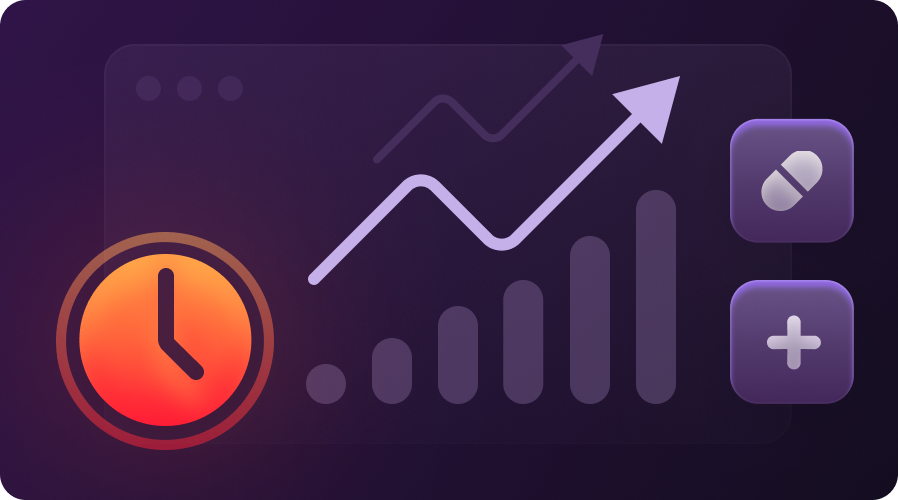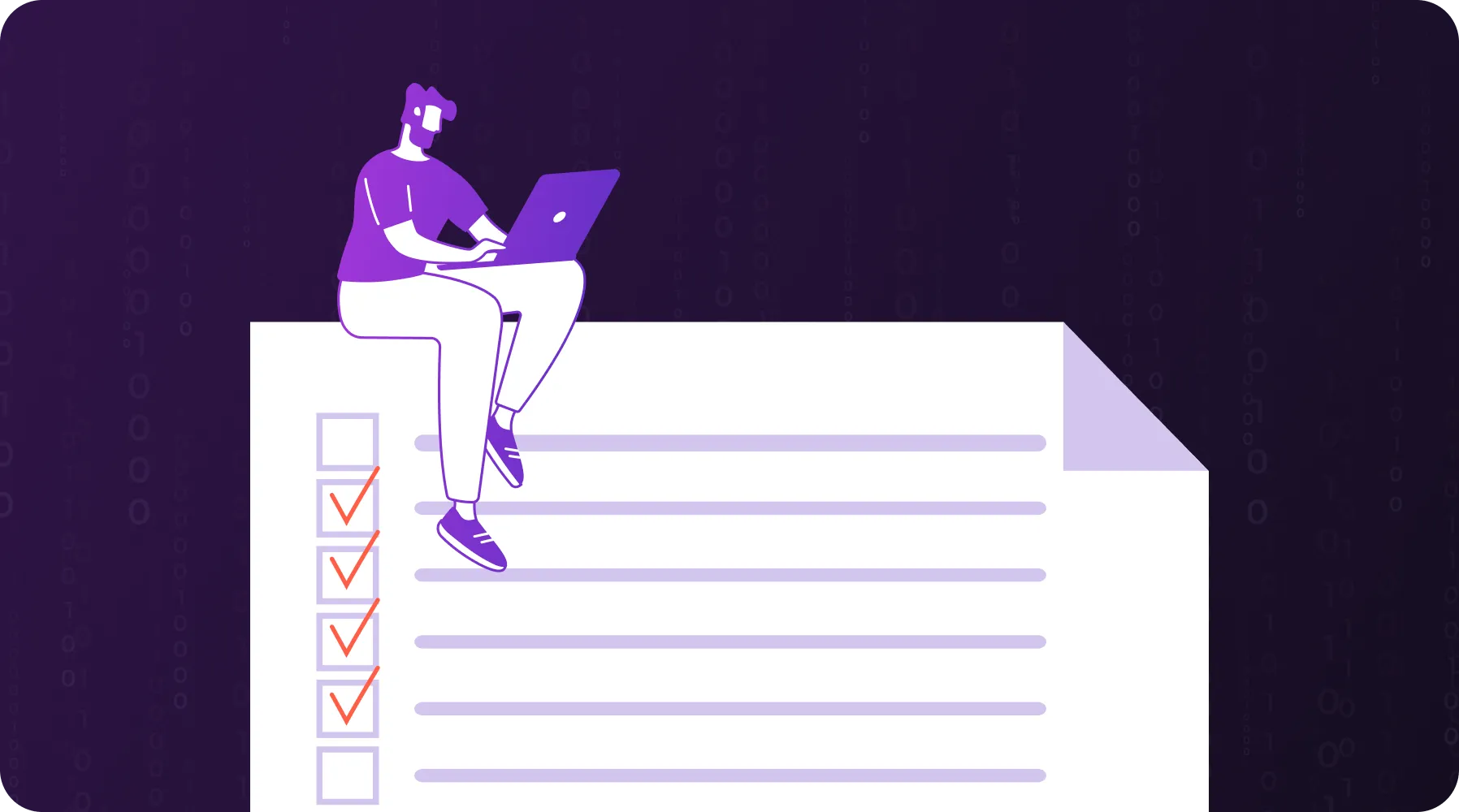Explore Our Blog

Thank you! Your submission has been received!
Oops! Something went wrong while submitting the form.
Do you want to always keep up with news?
Subscribe to our emails and receive new content once a month to our emails and receive new content once a month
Successfully sent!
We have received your submission and will get back to you shortly.
Oops! Something went wrong while submitting the form.
By clicking this button, you accept Terms of Service and Privacy Policy

Nothing found
We couldn't find any results matching your search term. This could be due to a typo or the use of overly specific keywords. Try refining your search by checking for spelling errors, using different or more general terms, and broadening your search criteria
Connect with us
At this stage, we get acquainted with your needs, outline the goals and desired results. We are always happy to take your project to the next level, and then beyond
.webp)
We are a tech partner that delivers ingenious digital solutions, engineering and vertical services for industry leaders powered by vetted talents.










.webp)
.webp)
.webp)
.webp)
.webp)
.webp)

